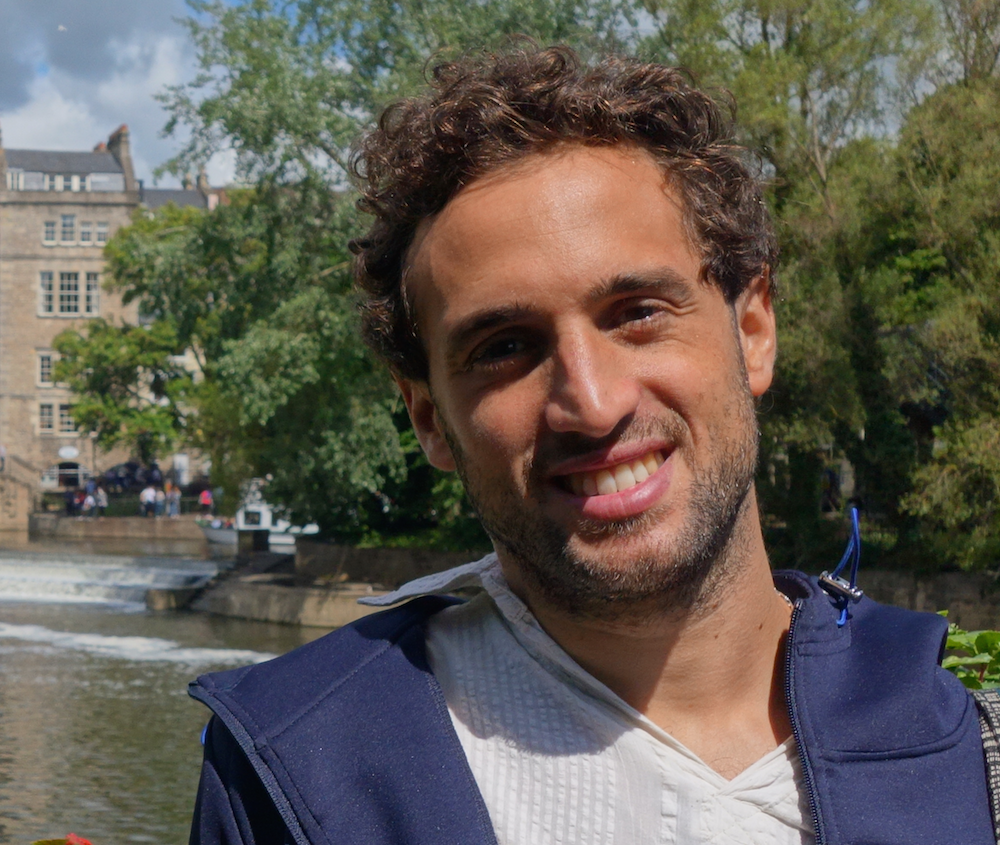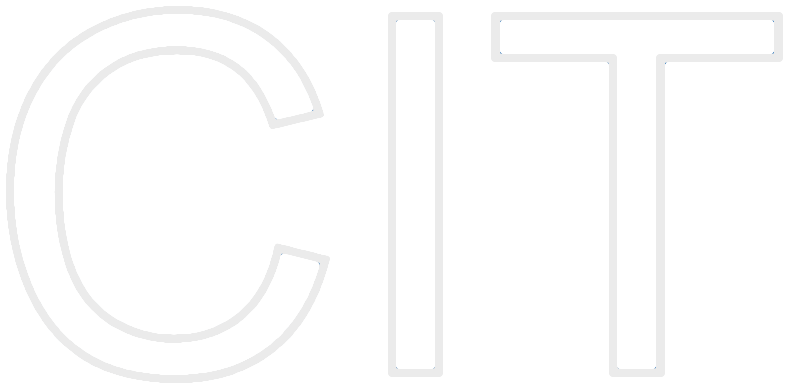E-Textiles Intelligent Clothing, Wearables and non-wearables
E-Textiles are textiles (garments, but also non-wearables such as carpets or curtains) that sense and respond to environmental stimuli. This is achieved by integrating electronic and digital components in the textile, which is done in a variety of ways. At one extreme, textiles can simply act as a substrate where electronic components such as sensors, actuators and microcontrollers are attached. On the other extreme, sensors and output devices can be integrated directly in the fibers of the textile. For example, mixing conductive and non-conductive fibers can be mixed in order to produce stretch sensors and pressure sensors.
One of the challenges e-Textiles face is related to their robustness. An e-Textile might be exposed to high degrees of tensile strain depending on the substrate of the textile and the position on the body where it is worn. The e-Textile should be robust not to break due to tensile strain, while at the same time preserving desirable textile properties such as flexibility, softness and lightness. Washability is another challenge, surprisingly not because of water or high temperatures, but because of the stress e-Textiles are exposed to during a washing program. Furthermore, there is a high demand for solutions on energy harvesting and storage because traditional batteries often used in e-Textiles are hard, bulky, heavy and cannot be fully integrated in the e-Textile. The development of software for e-Textiles is challenging due to different reasons. e-Textiles usually have limited resources such as memory, CPU and energy. Therefore, software running on the e-Textile (sometimes complex machine learning algorithms) should make use of these resources sparingly. One of the highest potentials of e-Textiles is on extracting high-level information about the user’s context (user activity, health status, performance during exercising) from sensor data. This requires complex data mining and classification algorithms and might be even more challenging due to sensor displacement caused by draping and sliding of the textile and to noise in the sensor data caused by variations in conductance of textile sensors.
Our research interests include enabling and supporting the development of software for e-Textiles. We have built an Integrated Development Environment (IDE) for e-Textiles called “TangoHapps” and “Inteteractex”. The environment is used to visually program applications for e-Textiles and supports every hardware element from the Arduino Lilypad family. Software developed with the environment is then uploaded wirelessly to a microcontroller attached to the e-Textile. We have demonstrated how the environment can be used for the creation of a smart jacket that plays music when it detects the wearer is running and makes an emergency call when it detects the wearer is lying down on the ground in the SE 2015 Conference in Dresden. We were recorded by the press during the conference. The video can be found here: http://youtu.be/9cC9xCfqayY . Application areas we work on include disability and rehabilitation. We created a smart hat for blind navigation. The hat has eight vibration motors and vibrates in the direction blind users should take. Additionally, we developed and evaluated a smart bandage for rehabilitation of knee injuries. The bandage uses motion sensors in order to track the performance and quality of different rehabilitation exercises performed by patients. Besides giving feedback and enabling patients and doctors to track the progress of the rehabilitation, the bandage has the potential to elicit information about the injury and the most appropriate treatment for each patient.
Research Members

Dr. Juan Haladjian
Master of Science
Post-doc, Group Lead

Constantin
Scheuermann
Master of Science
Doctoral Candidate

Zardosht Hodaie
Master of Science
Doctoral Candidate
Projects Partners and Co-operations
In the research field of e-Textiles we are cooperating with different partners. Table below shows our current Projects with our partners.
| Name | Partner |
|---|---|
| TangoHapps - Wearables M2M | T-Systems / Universität der Künste |
| TangoHapps - Connected Textiles | EIT-ICT, Technical University of Eindhoven, Universität der Künste, University of Twente, Aalto University, Philipps |
| Custodian | Siemens CIT |
| KneeHapp 1 | Praxis für Sporttraumatologie, Orthopädie und Gelenkchirurgie am Klinikum Köln-Merheim |
| KneeHapp 2 | Praxis für Sporttraumatologie, Orthopädie und Gelenkchirurgie am Klinikum Köln-Merheim |
| A Development Environment for e-Textile End Users - eTextIDE Software Campus (BMBF) | Universität der Künste Mobile Contextual Computing Siemens CT |
Theses Offered
Theses In Progress
Theses Finished
Publications

